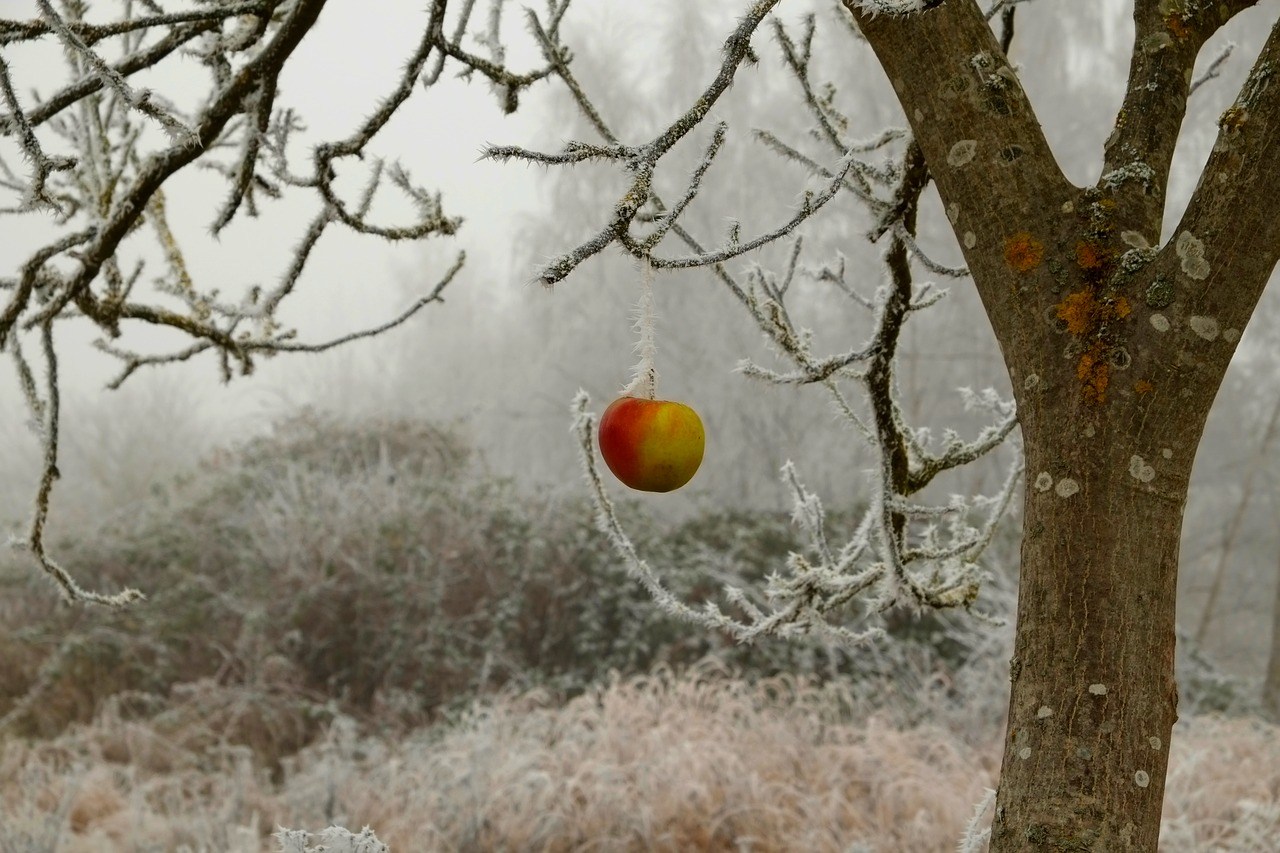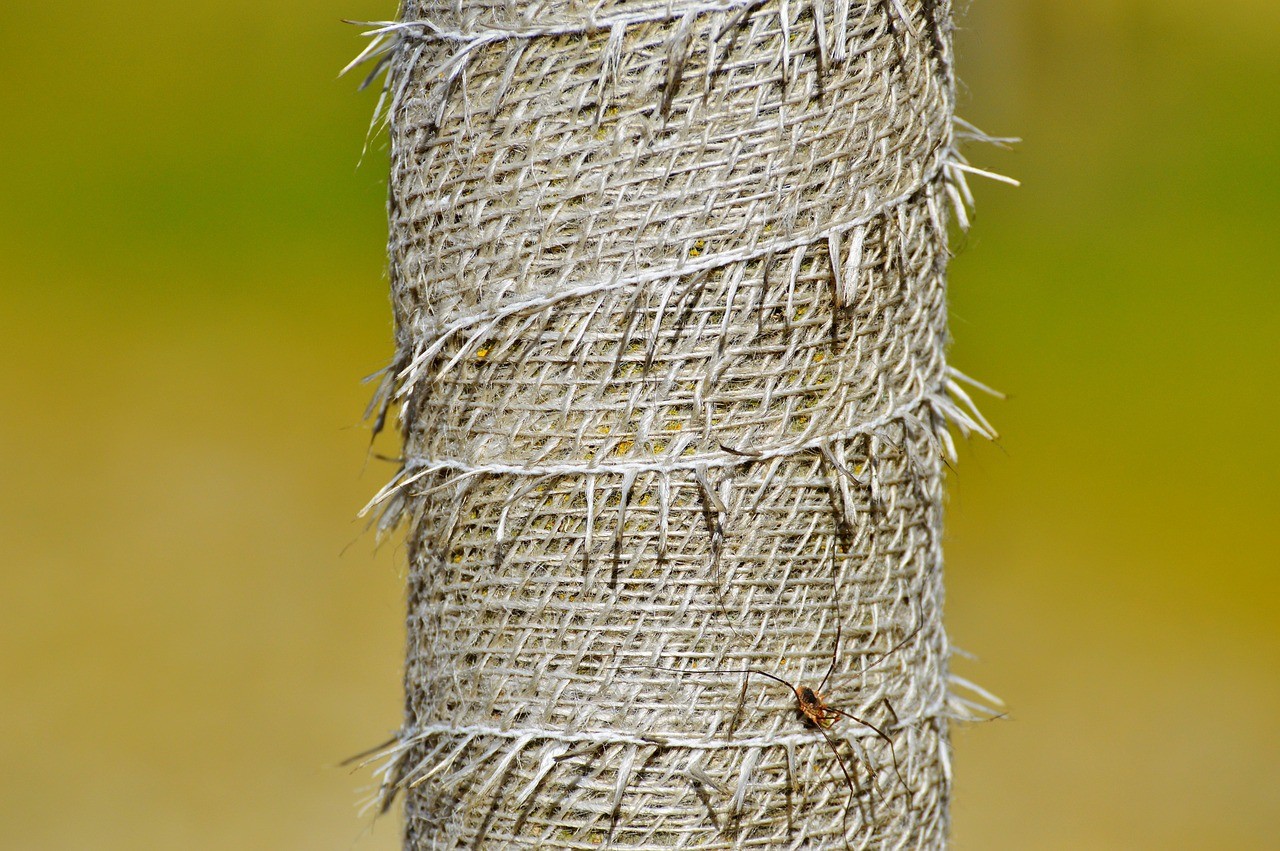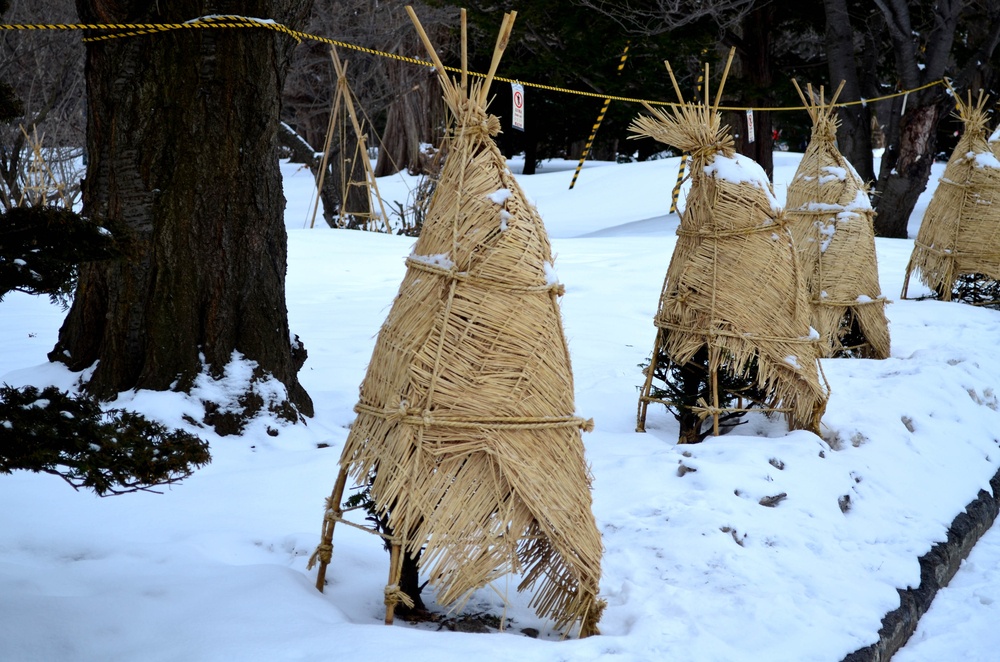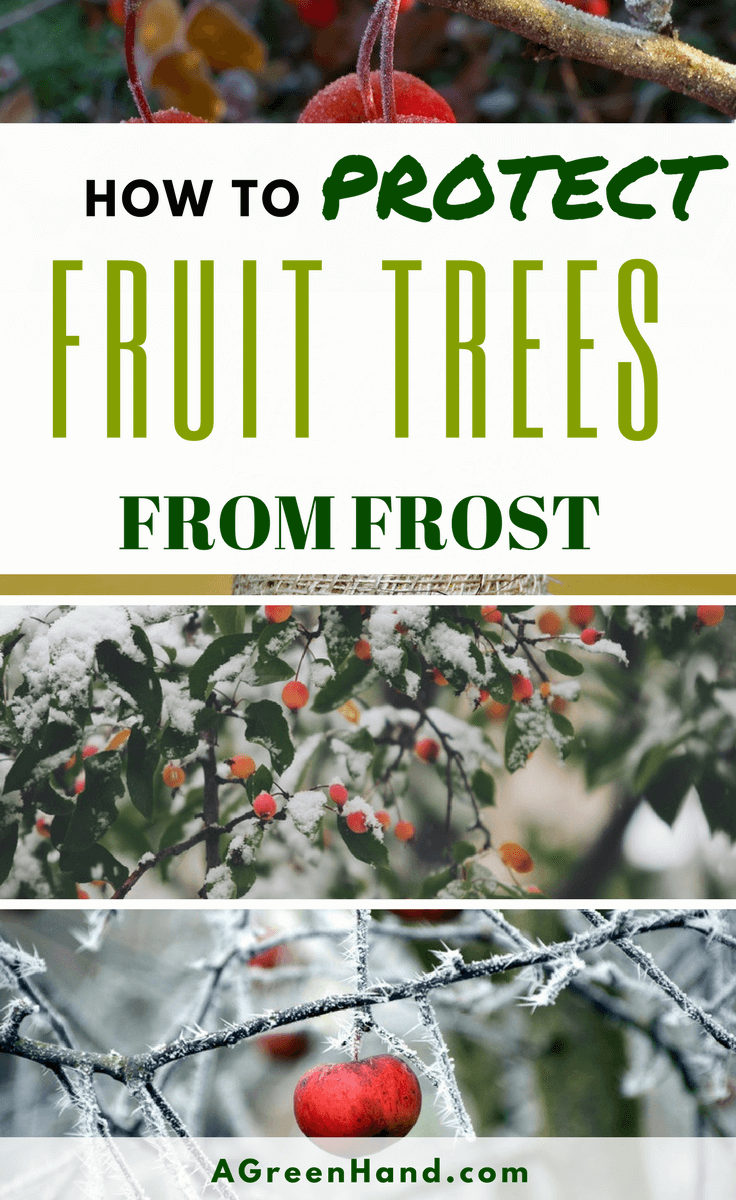Frost is bad for fruit-bearing trees. After all, frost can damage the leaves and prevent your fruit trees from bearing fruits optimally. Whether you have mango trees or banana trees, you cannot risk them being damaged due to the harsh effects of the cold winter season. Thus, having ample knowledge of protecting fruit trees from frost is important.
Preparation With Passive Method

As the name implies, this method is meant to be a preventative measure rather than a solution to the onset of winter frost. In other words, a passive method works to reduce the probable damage that can arise due to frosts. This minimizes the risks of fruit trees experiencing cold injuries.
This method involves finding the most suitable location for your fruit trees. This is why picking a location for your tree should not just be the result of aesthetic preferences or even a random choice. You have to make a smart decision when it comes to site selection.
So, what makes an area a good location for fruit trees? First, the area should have good air drainage. By this, it means that the cold air should move in a downward motion as it becomes replaced by warm air.
Areas that are near bodies of water such as rivers and streams will provide decent air drainage for your fruit trees. Then again, these areas are at a high price.
Active Methods During Severe Winter
Apart from the passive method, you should definitely consider conducting active methods of protecting your fruit trees. Basically, the focus of this is to add more heat while also improving the heat-retention capability of the trees. These can cost quite some time and money, and the results vary.
Use An Over-Tree Sprinkler System
The first method is to have an over-tree sprinkler system. This gives your fruit trees a high degree of frost protection. Here, the aim is to keep using water in such a way that it would begin to create clear ice.
The transparency of the ice is important because it shows the heat contained in the fruit trees. Once the ice turns cloudy, the tree is becoming damaged by the frost and losing heat.
When we say that you should keep watering the trees, it means that the spray water must be in operation before, during, and after the frost. The over-tree sprinkler system must be turned on until ice is melted away from your fruit trees. If you do not continue spraying water on the ice, it could easily turn from clean to cloudy and damage the fruits.
As you might have expected, using such as sprinkler system would require quite a lot of water. One way to save on continuously spraying water is by giving a decent space between the sprinkler heads. Then again, this would lessen the water received by the tree canopy, especially when water evaporates.
Cover With A Tree Wrap

A heavy frost can easily damage the fruits. If weather predictions indicate that severe winter weather is about to arrive, you should try to cover the fruit trees. This is also highly recommended if your fruit trees are less than two years old.
First, you must get some tree wraps from gardening stores and farms. The tree wraps can vary in materials such as treated paper to white plastic. They are specifically designed to safely cover the fruit trees with ease.
If you do not want to buy these tree wraps, you can just utilize plastic sheets or even bed sheets. Next, you must cover both the trunk section and the branches that carry the fruits with the tree wraps.
Using Wood And Water

Using a tree wrap is a quick way to protect your fruit trees from frost. However, it can be quite tedious if you have to do arrange and remove the tree wrap repeatedly with every incoming frost. A more sensible way to deal with continuous frost is to construct a wooden structure around the fruit trees.
For this option, you will be using wooden stakes or posts along with some burlap. These wooden stakes will prevent the burlap from directly coming into contact with the leaves. Get at least four wooden posts and surround the tree with them.
Remember that there should be enough space between the posts themselves and in relation to the fruit trees. This will reduce the time needed to uncover the fruit trees again once the frost is over.
Do not place the burlap on the fruit trees if you were wrapping Christmas gifts. It would be problematic if the burlap becomes exposed to ice and snow and reaches the canopy. Thanks to the burlap, your fruit trees will be protected from harsh winter winds and sunscald.
Consequently, you can place five-gallon plastic containers of water around the fruit trees. This will replicate the effect of having natural sources of heat such as rivers, lakes, and other bodies of water. The surrounding water can generate enough heat to protect the fruit trees from frost damage.
After The Winter Frost
Once the frost has come and gone, you should help the fruit trees recover as quickly as possible. While pruning might seem like a good idea, you must wait until spring arrives.
Even if the initial appearance of the fruit trees seemingly indicates significant damage, the actual impact might not be so bad. The sections you were planning to prune might grow well in the spring season.
As for the fruits that were exposed to the frost and have turned mushy, you should get them immediately. You can treat them as snacks or even put them in a blender and make a fruit juice.
Related article: /how-to-save-plants-after-a-frost/
In the end, there are several ways to protect your fruit trees from the effects of winter frost. From finding the best location to using tree wraps and water containers, you should do what you can to safeguard your fruit trees.
We hope that this guide helped you in making an informed decision. If you have any questions, feel free to give us a comment.
References:
http://homeguides.sfgate.com/should-fruit-trees-covered-freezing-temps-47093.html
Pin It!


